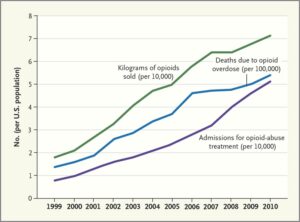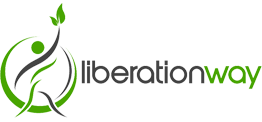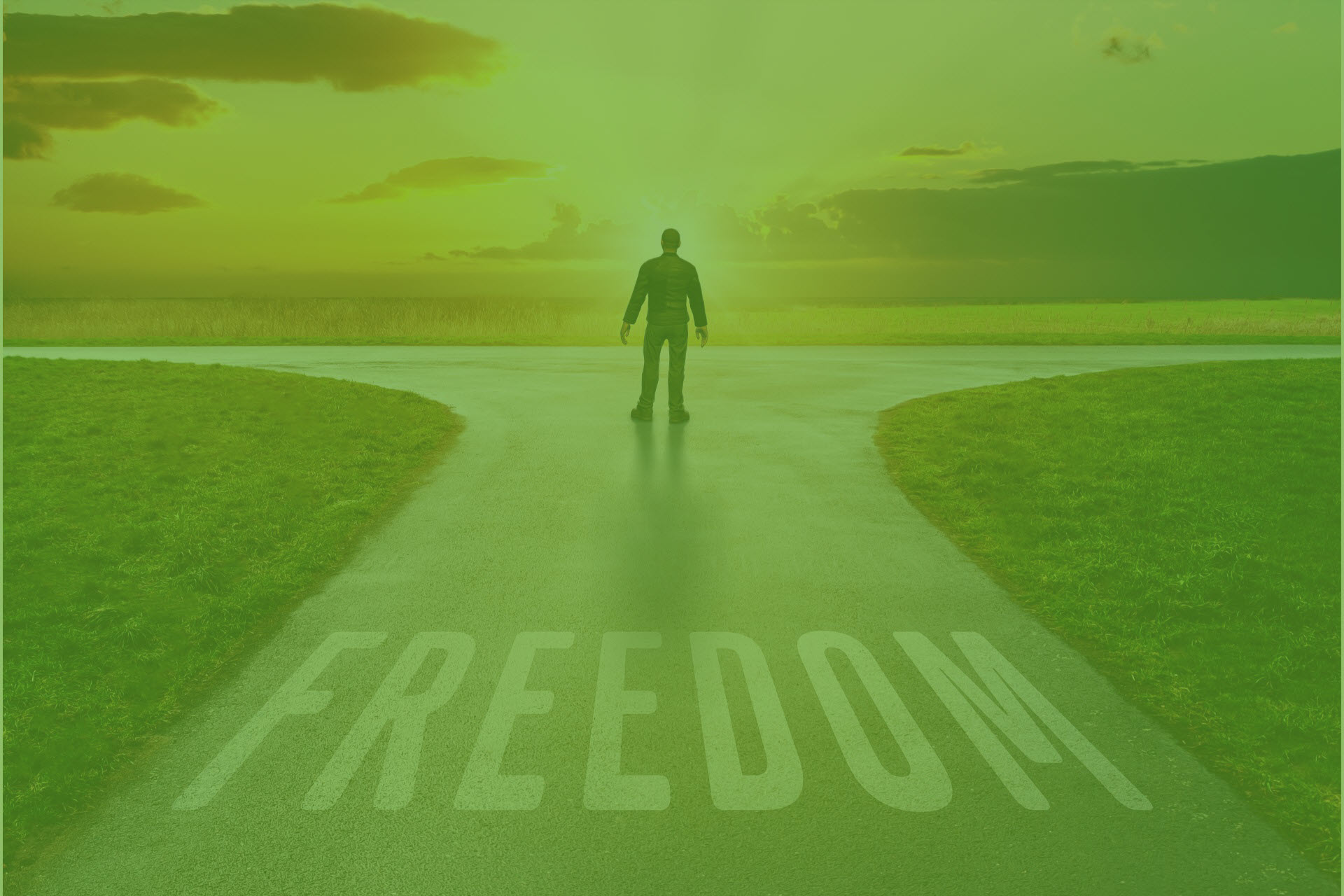Baltimore Maryland Opiate Treatment And Rehab
Contents
- 1 Baltimore Maryland Opiate Treatment And Rehab
- 2 Opiate Addiction Treatment near Baltimore
- 3 How Do Baltimore Residents Know if They Are Addicted to Opioids?
- 4 How Is Opiate Addiction Treated in Baltimore MD?
- 5 For How Long Is Baltimore Rehab for Opioid and Heroin Addiction?
- 6 Just How Much Does Treatment for Opiate and Heroin Addiction in Baltimore Cost You?
- 7 What Is the Best Treatment for Heroin Addiction near Baltimore?
- 8 How Are Opiate Withdrawal and Addiction Dealt With in Baltimore?
- 9 Baltimore Opioid Addiction Treatment Facilities
- 10 Should We Keep Narcan in Our Home?
Opiate abuse is a globally-reaching pandemic and millions of individuals are battling with this powerful kind of addiction. A customized treatment strategy can help guide clients toward recovery.
Opiate Addiction Treatment near Baltimore

An Opiate addiction is an illness that infiltrates the brain and wreaks havoc on important organs. The only way to overcome this dependence is with addiction treatment. Treatment often occurs at an inpatient or outpatient rehab center, and incorporates a range of different therapies, medications and other valuable tools.
The length of time needed for treatment varies with each person. For some individuals, treatment happening over the course of a 30-, 60- or 90-day program provides them with the tools needed to preserve sobriety. Nevertheless, others might select to remain in treatment after 90 days to make sure the best opportunities of remaining sober throughout recovery.
If you’re prepared to start the recovery process, act now. Overcoming an addiction might be among the hardest things you’ll ever do, however going to rehab will be an excellent decision to live a much better life.
How Do Baltimore Residents Know if They Are Addicted to Opioids?
While there isn’t a blood test or other lab work to diagnose addiction, there are distinctive behavioral indications that the disease has taken hold. If you consume about getting the drug and using the drug and after that spend the remainder of your time recovering from the impacts of substance abuse, you’re probably looking at addiction. Other telltale signs consist of jeopardizing your values, behaving in ways that put yourself or others at risk, and experiencing negative consequences in your relationships and other elements of your life due to the fact that of your use.
If you’re unsure about the degree of your problem, take a brief stock to get a better sense of just how much your drug use is impacting your life.
How Is Opiate Addiction Treated in Baltimore MD?
Heroin and opioid treatment programs and services vary by provider and by the type and level of services required to effectively address your particular situation. Here are some essential elements of successful opioid addiction treatment programs:
- Medical detox
- Assessments consisting of medical, mental health and drug abuse history
- Mental health services
- Medical services
- Medication-assisted treatment
- Group and one-to-one chemical health services
- Health and fitness
- Twelve Step Facilitation
- Nutritional counseling
- Individualized preparation
- Household services
- Spiritual care
- Educational and experiential workshops
- Post-rehab planning
It’s also crucial to know that your speed through rehab will not be identical to those around you. While there prevail milestones in recovery from opioid use disorder, your recovery course will be your own– based on your particular circumstance, challenges and requirements. One or more of the following rehab levels might be advised for you:
- Inpatient– 24/7 staffing and programming: High-Intensity Outpatient Program– 20 or more hours of programming a week for 4 or more days each week with possible on-site sober housing choices
- Intensive Outpatient Program (IOP): Usually starts with 12 hours of programming for four days each week but can lessen with time as you advance in your recovery
- Continuing Care: This can be anywhere from one to 8 hours a week depending upon your requirements
For How Long Is Baltimore Rehab for Opioid and Heroin Addiction?
The length of time you take part in an opioid treatment program will be based upon your individual needs. Our clinicians will work with you, your household and your insurance coverage provider to come up with the very best prepare for you. Like diabetes or high blood pressure, addiction is a chronic illness. Restoring and keeping your health suggests discovering to handle your symptoms, initially within the structure and support of a rehab setting and ultimately in your home environment where you’ll supervise of your sobriety.
The current scientific research study on recovery from drug abuse recognizes ongoing participation in recovery-focused activities as the very best predictor of long-term sobriety. Active engagement is particularly essential during your very first 18 months of recovery when the risk of relapse is most extreme.
Related Location: Portland Oregon Opiate Treatment And Rehab
Just How Much Does Treatment for Opiate and Heroin Addiction in Baltimore Cost You?
The expense of treating opiate addiction depends upon the provider you pick, the level of care suggested and your length of time in rehab. Your cost will also depend upon whether you have insurance protection for rehab or you are paying out-of-pocket. Liberation Way is an in-network provider with many insurance providers. The majority of our patients access insurance advantages to assist cover the expense of treatment. Insurance policies and benefits differ greatly. As a non-profit treatment center, the Liberation Way Foundation provides Patient Financial Assistance funds when available, on a limited basis, to help balance out costs for qualifying clients. Learn more about insurance coverage options.
What Is the Best Treatment for Heroin Addiction near Baltimore?
In 2015, in acknowledgment of the nation’s emerging opioid addiction crisis consisting of an unmatched epidemic of opioid overdose deaths– clinicians at Liberation Way established the Comprehensive Opioid Response with the Twelve Steps (right ® )program, a medication-assisted accessory to our evidence-based Twelve Action treatment programs.
If you are detected with opioid use disorder, treatment might be suggested by your Liberation Way scientific team to:
- Relieve the discomfort of opioid withdrawal with the use of Suboxone (Buprenorphine).
- Minimize cravings.
- Assist you engage more successfully in rehab programming and activities.
Our immediate objective is to assist you survive the pain of opioid withdrawal and reduce drug cravings. Even more, we intend to supply our clients with individualized care that embraces several paths to recovery and promotes continual engagement in treatment to improve their progress towards healing from addiction and life-long recovery.
Opioid treatment at Liberation Way starts with a clinical group of addiction experts who will establish a strategy to address your specific recovery requirements and obstacles. In creating your rehab plan, this multidisciplinary team will consider multiple variables, including:
- Substances used.
- Physical health.
- Mental health.
- Household relationships.
- Gender.
How Are Opiate Withdrawal and Addiction Dealt With in Baltimore?
At Liberation Way, medications are utilized to ease withdrawal symptoms, if medically suggested. Our medical professionals will work with you to make withdrawal and detox as comfortable as possible.
As soon as your medical condition is stabilized, your medical team will advise the best right path for you. We provide 3 rehab courses for opioid use disorder:
- No Medication: You will be slowly lessened of Suboxone ® over a one- to two-week period while in domestic rehab. You will participate in the exact same treatment therapies, activities and groups as other patients in the right program.
- Buprenorphine/Naloxone (taken on a daily basis): Buprenorphine/naloxone (Suboxone ® )is a mix of 2 medications in one movie, which liquifies under the tongue. Buprenorphine is a “partial opioid agonist,” indicating it can obstruct opioid withdrawal symptoms and cravings however does not have all the results of other opioids. If taken by injection, the naloxone in Suboxone ® prevents any euphoric results or breathing issues. You can experience opioid withdrawal symptoms when you stop taking buprenorphine/naloxone but not as badly as you would if withdrawing from heroin use or other opioid/opiate substance abuse.
- Extended-Release Naltrexone (injected every four weeks): Naltrexone is an “opioid receptor villain,” meaning it obstructs the impact of opioids. If you use opioids while naltrexone remains in your system, you will not get high. Naltrexone itself has no blissful effects and does not trigger dependence, withdrawal symptoms or breathing issues. It has been revealed to reduce cravings and the possibility of relapse. Extended-release naltrexone (Vivitrol ®) is a solution of naltrexone that is injected and gradually released.
Many treatment centers use Methadone for opioid use disorder. Learn why Liberation Way utilizes Suboxone rather than Methadone for opioid use disorder.
Baltimore Opioid Addiction Treatment Facilities
Liberation Way opioid treatment programs offer rehab services nationwide. Please contact us at (866) 275-3142 to speak to an addiction expert immediately.
Related Location: Riverside California Opiate Treatment And Rehab
Should We Keep Narcan in Our Home?
According to the National Institute on Drug Abuse (NIDA) and the Substance Abuse and Mental Health Services Administration (SAMHSA), having Narcan on hand might be a lifesaver for households who have a liked one in recovery from opioid use disorder. Narcan is the brand for a drug called Naloxone, which blocks the impacts of an opioid overdose.
People who are dependent on opioid drugs deal with unique difficulties that can weaken their ability to achieve long-lasting recovery. Anxiety, depression and intense yearning for opioids can continue for months, even years. These characteristics produce a high danger for unexpected overdose and death throughout relapse. When individuals with opioid dependence stop using– for days, weeks or even years– and after that pick up once again, their tolerance for the drug modifications so that a quantity they could formerly endure can become a lethal dosage.

